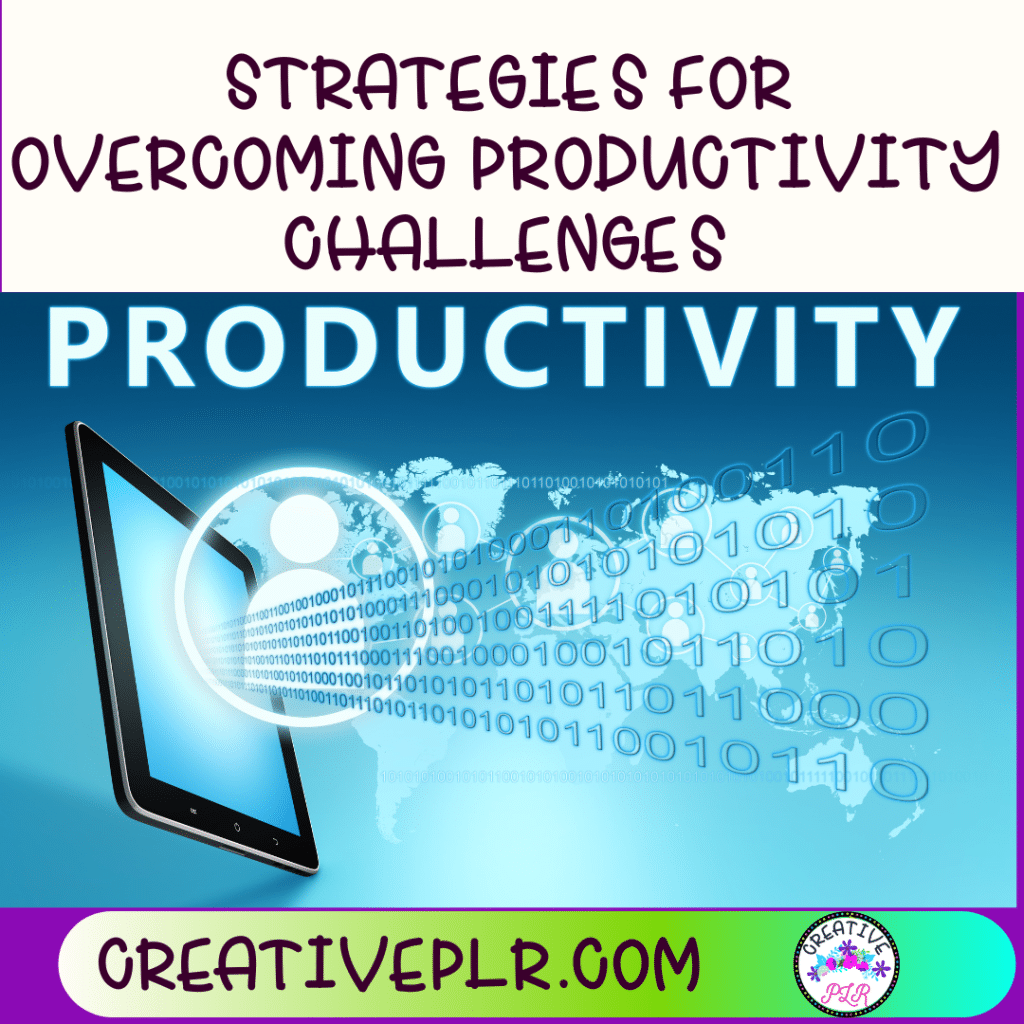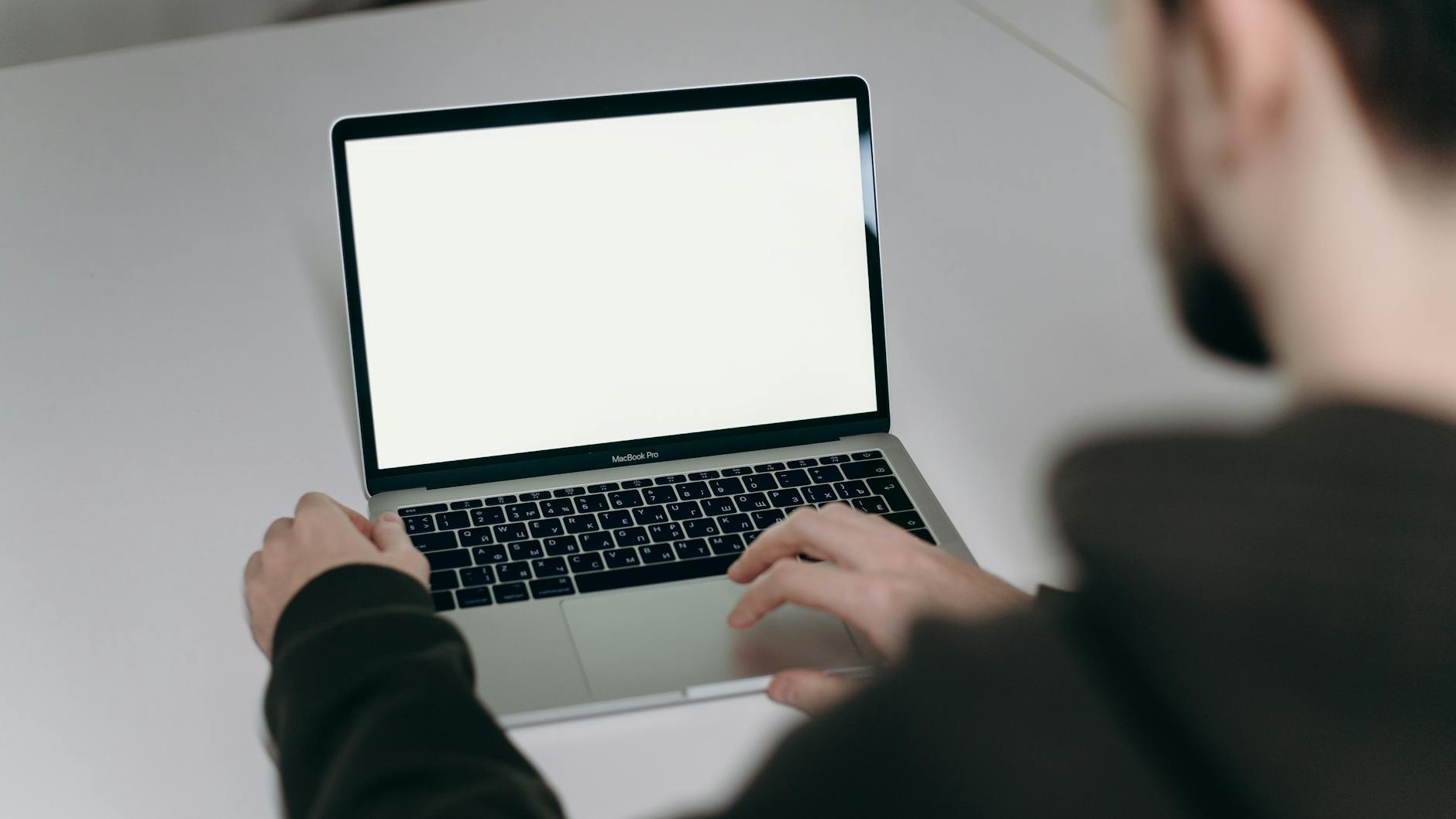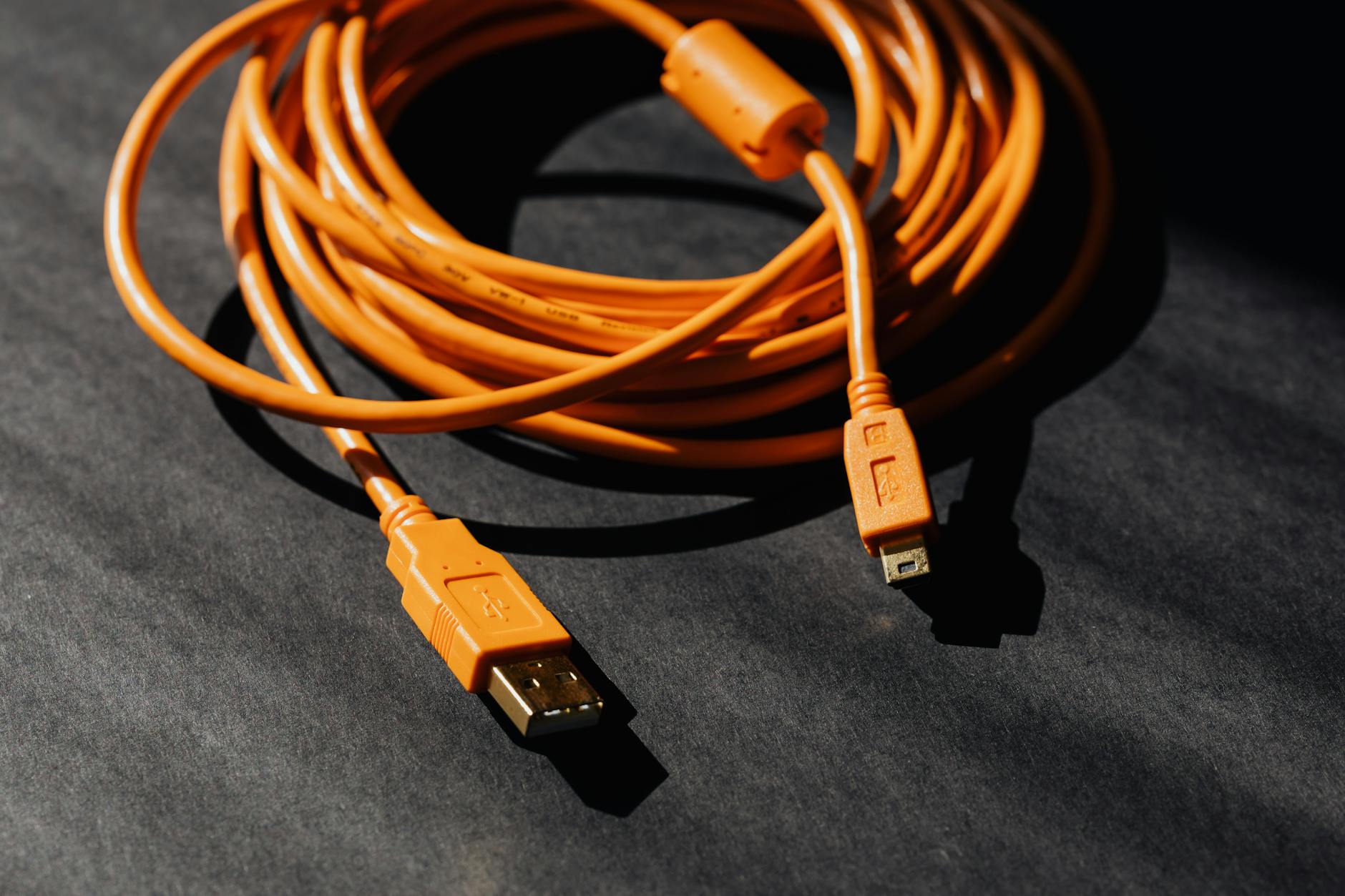Productivity is more than a buzzword. It’s critical for success in your personal and professional life. And to be more successful you need to overcome productivity challenges. You may be a busy executive, a freelancer, or a parent juggling many responsibilities.

The ability to stay productive can make all the difference. But let’s face it, productivity challenges are universal. From battling procrastination to managing endless distractions, we’ve all been there.
Think of the strategies as reminders. They show how to improve your productivity. You can also use them to overcome common obstacles. You’ll learn to find the root causes of your productivity issues. Then, you’ll learn effective techniques to boost your efficiency. Ready to reclaim your time and get more done? Keep reading.
Understanding Productivity Challenges
Productivity challenges can sneak up on anyone, regardless of their profession. Identifying these challenges is the first step toward overcoming them. In this section, we’ll explore three main types of productivity challenges. They are: time management issues, lack of motivation, and external distractions.
Time Management Issues
Poor time management can be a huge barrier to productivity. Struggling to manage your time well leads to a cycle. It brings stress, missed deadlines, and low-quality work. Common causes include:
- Overcommitting: Taking on too much can stretch your capabilities thin. It makes it impossible to give your best to any single task. I am very guilty of this.
- Procrastination: Delaying tasks can lead to last-minute rushes, causing mistakes and stress.
- Inefficient Scheduling : Not allowing enough time causes chaos. A bad schedule makes tasks overlap or get forgotten. I am overly optimistic of the amount of time it takes to create a product. Thinking I can create a planner in 2 hours, and then 4 hours later I am still debating on the color of the cover.
According to Breeze.pm, bad time management causes much stress. It makes it hard to balance work and personal life. It’s vital to recognize these pitfalls. You must take steps to improve your time skills.
Lack of Motivation
A lack of motivation can be a major productivity killer. When you’re not motivated, even the simplest tasks can seem insurmountable. This can be due to:
- Burnout: Experiencing mental, physical, and emotional exhaustion can drain your motivation to work.
- Unclear goals: Without clear objectives, it’s hard to find a reason to push forward.
- Lack of rewards: The absence of recognition or rewards can make efforts feel unworthy.
Motivation deficit stems from diverse underlying psychological causes. Feeling undervalued and lacking development opportunities are big causes of declining motivation.
External Distractions
External distractions can derail even the most focused individuals. Common distractions include:
- Noise: Loud environments are noisy. They can disrupt concentration. They can be at the office or at home.
- Social Media: Social media is a problem. It splits your attention and reduces work quality.
- Interruptions: Coworkers or family can cause them. They break your focus and slow progress.
Research studies have shown phones and internet browsing are top distractions. They undermine workplace productivity. Identifying and managing these distractions is essential for maintaining high productivity levels.
Understanding the various productivity challenges you face is crucial. Recognize how time management issues, lack of motivation, and distractions affect your work. Then, you can start to develop ways to overcome them. Stay tuned for practical tips on tackling these obstacles in the next sections.
Effective Strategies for Time Management
Managing your time effectively is crucial for productivity. Let’s explore some proven strategies that can help you make the most of your day.
Prioritization Techniques
Finding the right way to prioritize tasks can make a world of difference. Here are three techniques that can help you sort your to-do list and focus on what really matters.
Eisenhower Matrix
The Eisenhower Matrix helps you sort tasks into four priorities. They are: urgent and important. Important but not urgent. Urgent but not important. And neither urgent nor important. President Eisenhower used this method. It can help you focus on key tasks and delegate or eliminate the rest.
- Urgent and Important: Do these tasks immediately.
- Important but Not Urgent: Schedule these tasks for later.
- Urgent but Not Important: Delegate these tasks to someone else.
- Neither Urgent nor Important: These tasks can often be eliminated.
For a deeper understanding of this method, check out The Eisenhower Matrix.
ABCD Prioritization
In the ABCD method, tasks are assigned a letter based on their importance:
- A: Must-do tasks with serious consequences if not completed.
- B: Should-do tasks that are important but have mild consequences.
- C: Nice-to-do tasks with no serious consequences.
- D: Tasks that can be delegated.
Using this method helps you focus on what matters. It ensures you do the most critical tasks first. Learn more about this approach from ActiveCollab.
80/20 Rule
The 80/20 rule, or Pareto Principle, states that 80% of your results come from 20% of your efforts. Identify and focus on activities that yield the best results. This will maximize efficiency.
Pomodoro Technique
The Pomodoro Technique breaks work into 25-minute focused sessions followed by a 5-minute break. This helps maintain concentration and prevents burnout. Here’s how to do it:
- Set a timer for 25 minutes.
- Work on a task until the timer rings.
- Take a 5-minute break.
- Repeat the cycle four times, then take a longer break.
Learn more about this technique at Todoist.
Accountability Partners
Having someone to check in with can boost your accountability. Share your goals with a friend or colleague and regularly update each other on your progress. This added layer of responsibility can motivate you to stay on task.
Effective time management can transform your productivity. By using prioritization techniques, creating a daily schedule, and avoiding procrastination, you can make the most of every day.
Minimizing External Distractions
Battling productivity challenges often involves dealing with external distractions that seem to pounce just when you’re trying to focus. Whether it’s the ping of a message, a noisy background, or an unplanned interruption, these distractions can derail your productivity. Let’s explore some effective ways to minimize these disturbances.
Creating a Productive Workspace
Having a dedicated workspace is more than just a nice-to-have; it’s essential for staying focused and productive. Imagine trying to work in the middle of a bustling café versus a quiet, organized office. The difference in productivity can be astounding.
Tips for Organizing and Personalizing Your Workspace
- Choose a Quiet Location: Select an area in your home or office that is away from high traffic zones. Your workspace should be a quiet sanctuary devoted to productivity.
- Keep it Clean and Organized: A clutter-free workspace minimizes distractions. Use storage solutions like shelves, bins, and desk organizers to keep everything in place.
- Personalize Your Space: Add personal touches like photos, plants, or artwork that inspire you without distracting you. Personalization can make you feel more comfortable and motivated to work.
- Ergonomics Matter: Invest in a good chair and desk setup to ensure you’re comfortable. Poor ergonomics can be a hidden distraction, causing discomfort and reducing your focus.
- Lighting: Ensure your working area is well-lit. Natural light is best, but if that’s not an option, use a good desk lamp to keep your environment bright.
For more insights, check out 6 reasons why a dedicated workspace is a must.
Managing Technology Distractions
Technology is a double-edged sword. While it can significantly boost productivity, it can also be the source of major distractions. To navigate this, you need to manage your digital environment rigorously.
Tools and Apps to Limit Digital Distractions
- Rescue Time: This app tracks your usage and provides insights into how you spend your time. It also allows you to block distracting sites during work hours.
- Freedom: Freedom lets you block distracting websites and apps across all your devices. This tool can help you take control of your digital life.
- Stay Focused: This browser extension limits the time you can spend on distracting websites. Once your time is up, the sites become inaccessible.
- Forest: An app that encourages you to stay off your phone by growing a virtual tree that dies if you use your device.
- Self Control: An app that blocks access to distracting sites for a set period. Once started, it cannot be undone, even by restarting the computer.
For a deeper dive into these apps, see The 8 best apps to help you focus and block distractions.
Setting Boundaries
Setting boundaries is crucial for protecting your work time from interruptions, whether they come from colleagues at work or family members at home. Clear, respectful boundaries can help you maintain your focus and productivity.
How to Communicate and Enforce Boundaries
- Be Clear and Direct: When setting boundaries, clarity is key. Let people know when you are available and when you are not. For example, “I am available for calls from 1 PM to 3 PM.”
- Use Tools to Signal Your Focus: Tools like “Do Not Disturb” modes on phones and computers can signal to others that you are not available without you having to say it repeatedly.
- Communicate Needs Early: Inform your family or roommates about your work hours and why they are important. Clear communication helps them understand and respect your needs.
- Set Physical Boundaries: If possible, work in a separate room with a door you can close. This physical separation can reinforce your work boundaries.
- Use Visual Signs: Simple signs like a “Do Not Disturb” notice can be very effective in an office or home environment.
For more on how to set effective work boundaries, visit Protect Your Time at Work by Setting Better Boundaries.
By putting these strategies into practice, you can significantly reduce external distractions and enhance your productivity. Each step, from creating a productive workspace to managing technology and setting boundaries, helps you reclaim your focus and get more done, undisturbed.
To solve productivity challenges, you need a comprehensive approach. It must cover time management, motivation, and cutting distractions. You can improve your time management. How? By ranking tasks with the Eisenhower Matrix and ABCD method. Fight procrastination with the Pomodoro method.
A good workspace helps. So does managing tech distractions and setting clear boundaries. These things can help you reduce disturbances.
Put in place these strategies to overcome your productivity challenges. Share your experiences and insights. Watch as you turn your work routine into a better process. Overcoming these obstacles boosts your productivity. It also brings more personal and professional satisfaction.


